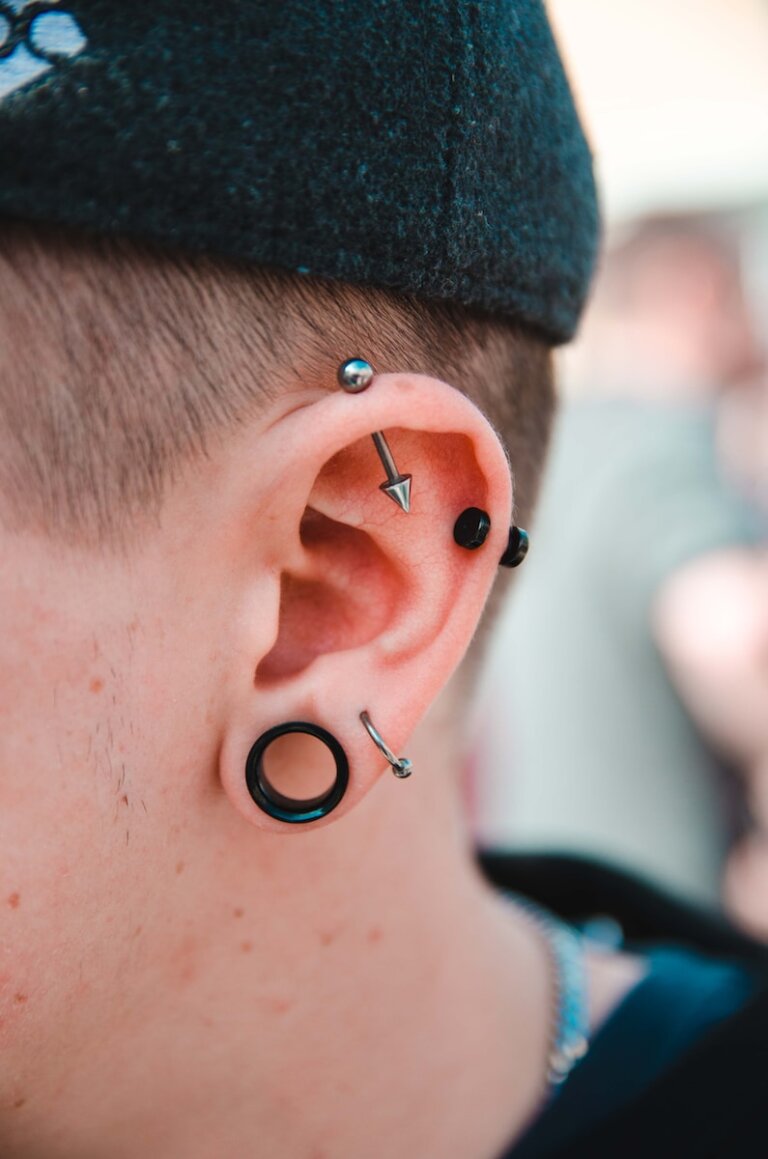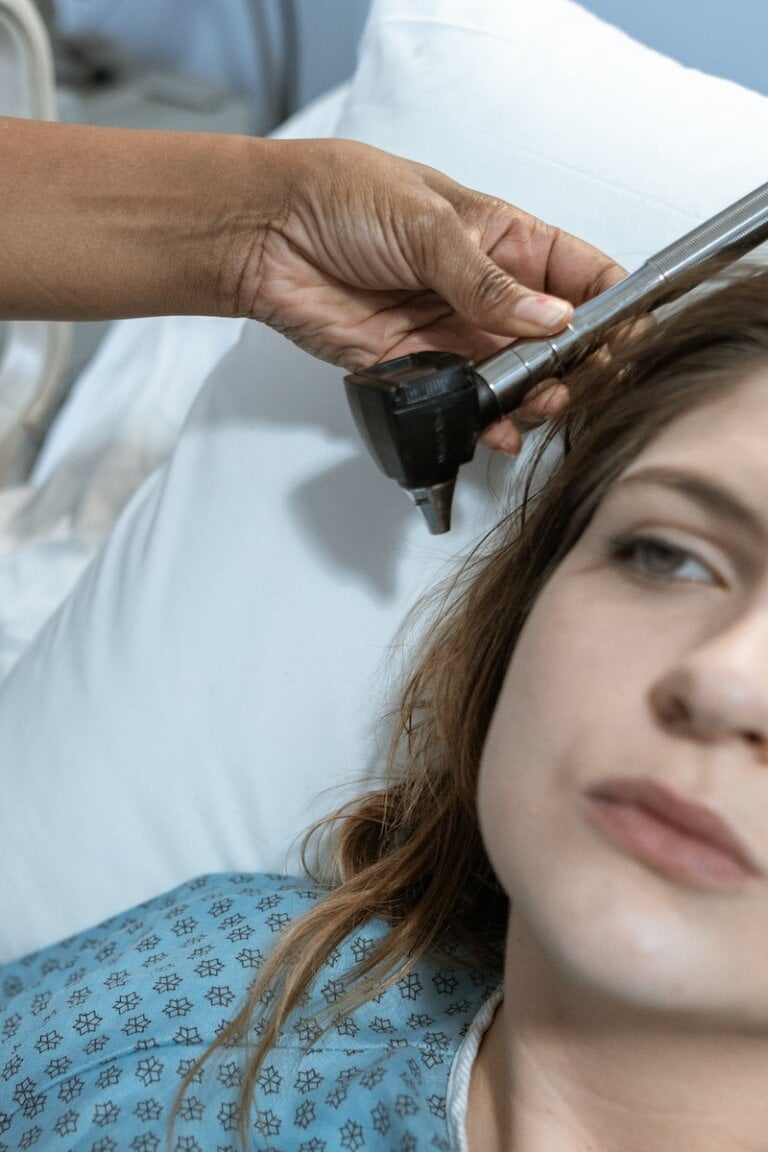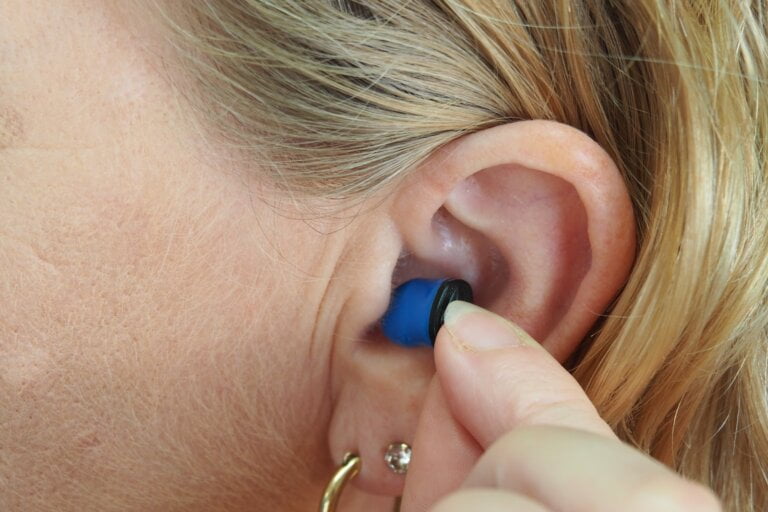In the Limelight: Comparative Reviews of Manual Instrument Ear Wax Removal Practitioners
Introduction
When it comes to ear wax removal, there are several methods available, ranging from home remedies to professional procedures. In this article, we will discuss and compare different manual instrument ear wax removal practices. We will explore the advantages, disadvantages, and effectiveness of each method, providing you with the information you need to make an informed decision about the best approach for your ear health.
Ear wax build-up can cause discomfort, hearing difficulties, and even lead to infections if not properly addressed. It is important to choose a method that suits your needs and ensures safe and effective removal of ear wax. Let’s dive into the various manual instrument ear wax removal practices and their pros and cons.
1. The Ear Pick Method
The ear pick method, also known as ear cleaning with a curette, is a common technique used to remove ear wax manually. It involves using a specialised instrument called a curette to gently scoop out the ear wax from the ear canal.
Advantages:
- Can effectively remove stubborn or impacted ear wax: Precise scooping of ear wax, making it an effective option for stubborn or impacted wax.
- Provides precise control during the cleaning process: Control over the amount of pressure applied, ensuring a gentle and controlled cleaning process.
- Can be done at home or by an audiologist: With the proper training and technique, the ear pick method can be performed at home. Alternatively, it can also be done by an audiologist individuals who prefer professional assistance. But we would advise that you don’t attempt to remove any of the wax by yourself due to risk of damaging the eardrum or ear canal.
Disadvantages:
- Requires proper training and technique to avoid injury to eardrum and ear canal.
- May cause discomfort or pain if not performed correctlly, especially if the instrument is inserted too deeply or forcefully.
- Not recommended for individuals with a history of ear infections or eardrum perforations should avoid the ear pick method as it may aggravate their condition.
- Difficult to reach deep-seated ear wax may not be suitable the ear pick method as it may be challenging to reach such wax deposits.
2. Ear Irrigation
Ear irrigation, also known as ear syringing, is a popular method used by GP practices to remove ear wax. It involves flushing the ear canal with a gentle stream of warm water using a specialised irrigation device.
Advantages:
- Effective for removing excessive and stubborn ear wax
- Provides a thorough cleaning of the ear canal the gentle flow of warm water helps to dislodge and flush out ear wax, ensuring a thorough cleaning of the ear canal.
- Performed by healthcare professional such as audiologist, nurses and ENT specialist. While ear irrigation can be done at home, it is recommended to have it performed by a healthcare professional who has the necessary expertise and equipment for safe and effective irrigation.
- Relatively quick and painless procedure.
Disadvantages:
- Not recommended for individuals with a history of ear infections or eardrum perforations as it may introduce water into the ear and potentially worsen their condition.
- Requires caution to avoid damaging the eardrum or pushing the wax deeper into the ear canal. Improper technique or excessive force during ear irrigation can lead to eardrum damage or further impaction of the ear wax.
- May cause discomfort or dizziness during the procedure but these symptoms typically subside quickly.
- Requires proper training and technique for safe and effective irrigation: It is essential to receive proper training or seek professional assistance to ensure safe and effective ear irrigation.
3. Ear Candling
Ear candling, is a controversial method often used for ear wax removal. It involves placing a hollow candle-like cone into the ear canal and lighting it, creating a suction effect that supposedly draws out ear wax.
Advantages:
- Some individuals believe it can provide a relaxing experience.
- May have a placebo effect on certain individuals: While scientific evidence supporting the effectiveness of ear candling is lacking, some individuals may experience a placebo effect, perceiving relief from their symptoms.
Disadvantages:
- Lack of scientific evidence to support its effectiveness: There is a lack of scientific studies demonstrating the efficacy of ear candling in removing ear wax. Therefore, it is important to approach this method with caution.
- Potential for injury due to the risk of burns or wax drippings: The open flame used in ear candling poses a risk of burns if not carefully managed. Additionally, there is a possibility of wax drippings that may cause injury to the ear canal.
- May push ear wax deeper into the ear canal: Instead of removing ear wax, there is a risk that ear candling may actually push the wax deeper into the ear canal, potentially exacerbating the problem.
- Not recommended by medical professionals: Due to the lack of scientific evidence and the potential risks associated with ear candling, audiologist generally do not recommend this method for ear wax removal.
4. Ear Drops
Ear drops are a common over-the-counter remedy used for softening ear wax, making it easier to remove manually or naturally. These drops typically contain oil-based solutions that help to break down and loosen ear wax.
Advantages:
- Easy and convenient to use at home: Ear drops are readily available over the counter.
- Can help soften ear wax for easier removal: By softening the ear wax, these drops facilitate its removal, whether through manual methods, natural expulsion, or with the assistance of an audiologist.
- Widely available and affordable: Ear drops are affordable and accessible, making them a popular choice for individuals seeking relief from ear wax build-up.
- Safe when used according to instructions: When used as directed, ear drops are generally safe and pose minimal risk of adverse effects.
Disadvantages:
- May not be effective for removing stubborn or impacted ear wax: While ear drops can effectively soften ear wax, they may not be sufficient for removing stubborn or impacted wax. In such cases, additional manual intervention may be required.
- Can cause temporary discomfort or sensations in the ear: Some individuals may experience temporary discomfort, a feeling of fullness, or mild sensations in the ear when using ear drops.
- Not a standalone method for ear wax removal and should be used in conjunction with other manual techniques: Ear drops serve as an adjunct to other manual removal methods, helping to facilitate the process but not being a standalone solution for ear wax removal.
Conclusion
In summary, manual instrument ear wax removal practices offer various options for individuals seeking to address ear wax buildup. The choice of method depends on personal preferences, the severity of the wax buildup, and any pre-existing conditions or concerns. Consulting with an audiologist is always recommended before attempting any manual ear wax removal technique, as they can provide guidance based on your specific situation. Remember, proper technique, caution, and maintaining ear hygiene are essential for maintaining ear health and preventing potential complications.
FAQ
Can ear irrigation be done at home?
Yes, ear irrigation can be done at home, but it is recommended to have it performed by a healthcare professional for safe and effective irrigation.
Does ear candling have scientific evidence to support its effectiveness?
No, there is a lack of scientific evidence demonstrating the efficacy of ear candling in removing ear wax. Medical professionals generally do not recommend this method.
Are ear drops effective for removing stubborn ear wax?
Ear drops can effectively soften ear wax, but they may not be sufficient for removing stubborn or impacted wax. Additional manual intervention may be required in such cases.







